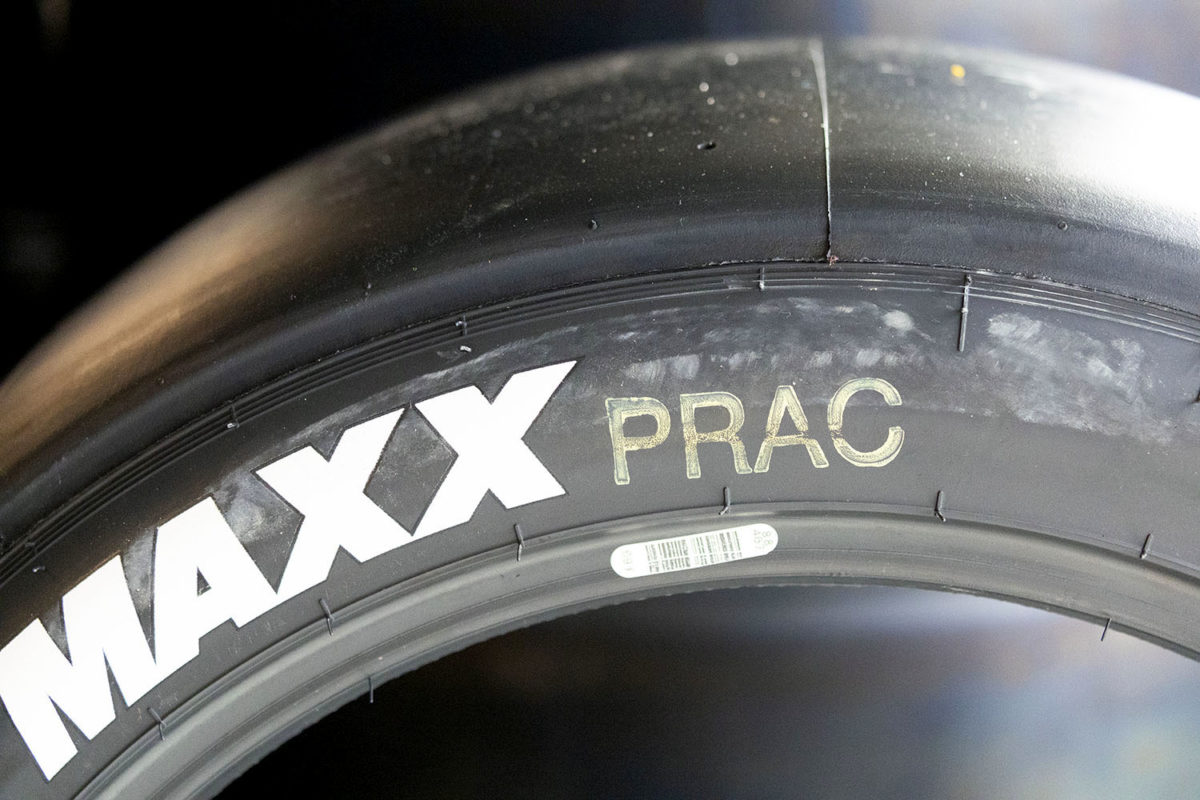

Three events into the Gen3 era and the drivers agree that the cars are able to run nose to tail much more effectively than in the past. This was a major objective around the huge reduction in downforce in comparison with the Gen2 cars.
Box ticked. Or is it?
Whilst there is no doubt that the Gen3 cars are indeed capable of following each other very closely, there has been plenty of feedback from drivers that it isn’t always the case. This isn’t an aero problem as there’s no question that at the AGP that the cars could indeed follow closely in high-speed (aero-relevant) corners in a way that wasn’t possible in the past.
So what’s going on?
Well, it does point towards the tyre and, more particularly, the surface temperature of the tyre. This was an issue with the Gen2 car and it’s still there. Given that the tyre is the same this year as last, it’s hardly surprising.
A Supercar creates a huge amount of heat; engines producing over 600hp with efficiency hovering around 30 percent are always going to have plenty of heat spilling out into the airstream and towards any following cars. As ambient and track temperatures increase, then the effect of that heat rejection is going to be exacerbated.
This can be further intensified on a street circuit due to the retention of the heat between the walls. For instance, the Gold Coast circuit is a completely different proposition to The Bend with its wide open spaces and regularly windy conditions.
There was plenty of close running and passing at the AGP round because, despite it being a temporary circuit. The ambient temperatures were low; the lack of sunshine for the most part controlled track temperatures; relatively long straights allowed tyre recovery; consequently the tyres were less prone to overheating.
Perth, on the other hand, was hotter and the cloudless skies meant that track temperatures were relatively high. Furthermore, the length of three of the corners there meant that the tyres didn’t get much of a chance to cool down.
Hence, in Perth, the drivers did raise the issue of not feeling able to run nose to tail, and therefore attack, for any length of time due to the tyres getting too hot. Once the surface of the front tyre is outside an optimum temperature window, it makes it near impossible for drivers to maximise their braking potential or corner exit, and make an overtake, as the grip deteriorates – almost like a tyre that’s too cold and not yet in the window.
So they back off in order to cool the tyre. Then, given the closeness of performance of the cars to each other, it can be difficult to make up that time and get back on to the tail of the car in front. And often they simply can’t back off and try again as there’s a car on their tail! So develops a self-fulfilling prophecy.
What’s the answer?
The current tyre is a derivative of one that has been around ever since Dunlop first became the control supplier in 2002. It’s old. Tyre technology has moved on. Moreover, Dunlop have extensive experience with far newer tyres and in fact Brodie Kostecki tested something newer from their catalogue last year on the Gen3 Camaro prototype.
His feedback from that test was that the new tyre would last 10 laps, for instance, when sliding or attacking when the current one would last five. So it would appear to have a much larger operating window.
Another example of a more raceable tyre was the Hankook that was used in the New Zealand V8SuperTourer category a decade ago. Drivers who had experience in this series and also Supercars were very positive about that tyre, as were those who used it in DTM in the same era.
So it’s perfectly possible to have something better than that which Supercars use today.
Unfortunately Supercars appear to be transfixed (like Formula 1) with creating as much tyre degradation as possible as a means to create better racing. Surely there’s a better and more environmentally sound way rather than endlessly throwing tyres at the problem?
Michelin, for instance, continue to show in WEC and also IMSA that it’s possible to have good racing with a durable tyre.
Furthermore, the ever softer compounds lead to huge off-line rubber marbles that also contribute to the problem by creating increasingly narrow racing lines.
I’d urge Supercars and Dunlop to get further testing under way now with a view to introducing a completely new tyre for 2024 that has much better longevity, a better feel for the drivers, and, crucially, is more raceable.
At the same time, as I’ve suggested before, cut the number of tyres that are used in a weekend. Don’t remove pit stops, but make teams work hard to best use their tyres over an event.
And, whilst we’re at it, please, finally, get ID chips into the tyres so that the audience knows exactly how old a tyre is when it’s on a car. This also helps with scrutineering and ensuring that the right tyre is on the right car at any given time. This is old technology that has been used in other categories for over a decade.
Maybe this is one more issue that’ll get shuffled into the “too hard basket” by Supercars. I hope not, and I know that plenty of drivers concur.
Read the previous Roland’s View here.





















Discussion about this post